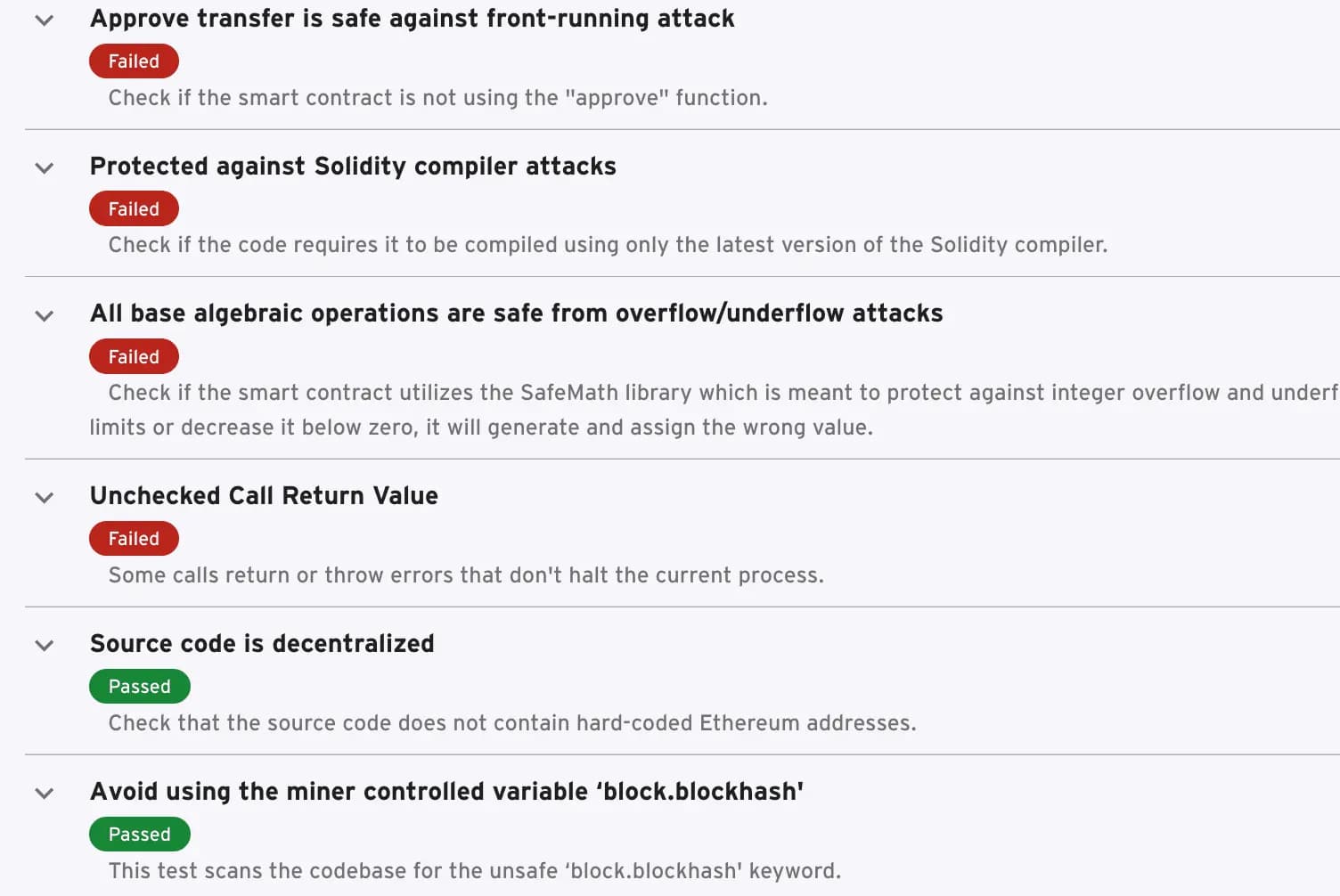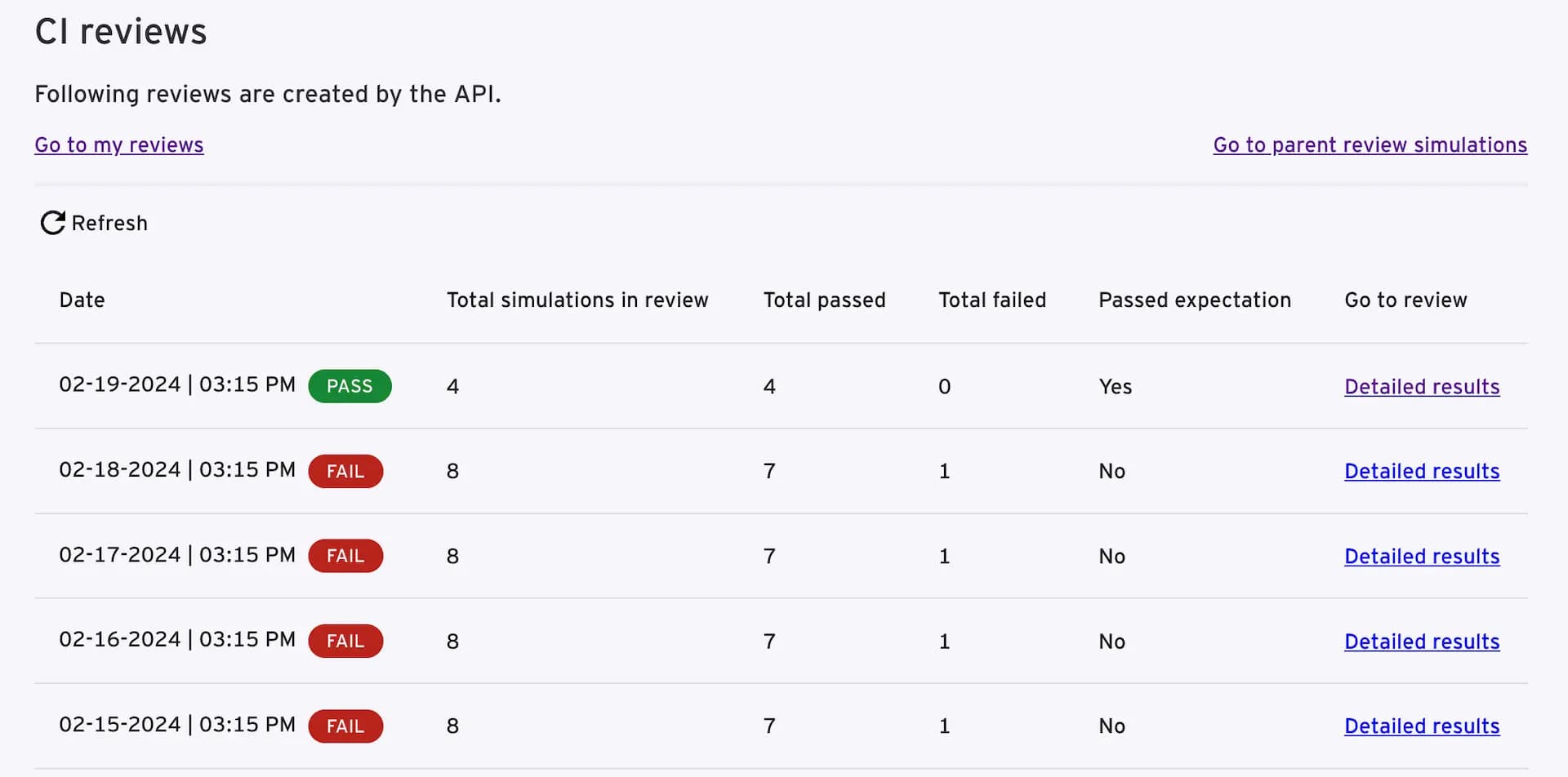
Why EY Blockchain Analyzer: Smart Contract & Token Review?
Reduced risk
More information and insights help mitigate the operational and inherent risks of blockchain.
Transparency
Helps build a picture of how tokens or smart contracts will behave, giving insights into functionality, security, compliance, and design implications.
Trust
Greater confidence in the validity of smart contracts and tokens increases trust between counterparties in the blockchain ecosystem
Security

Enhance security of your digital assets when deploying and interacting with smart contracts
Identify common vulnerabilities and mitigate potential risks through customized tests that assess alignment with industry standards and leading practices.

Business logic alignment

Better understand the expected output of your digital agreement as it is implemented in the smart contract’s code.
Assess the smart contract’s compatibility with the system design and functionality as it is declared in the published documentation.

Create "what-if" scenarios

Helps build out scenarios of your smart contract performance before deployment .
Through the Testing Studio, run pre-defined automated tests and simulate smart contract execution by configuring selected functions through a user interface.

Plug and play

Easy connectivity into EY’s blockchain API ecosystem.
Tests directly from the developer environment by connecting through the EY API. This puts you in the driving seat.

The team
Paul Brody
EY Global Blockchain Leader
Avner Geifman
EY Global Product Lead – Smart Contract & Token Review Tool
EY Blockchain smart contract security newsletter
Receive regular insights on avoiding smart contract testing pitfalls.
Products that might interest you

Track your entire carbon emissions with trusted information and strengthen your ESG performance, helping you avoid issues around greenwashing.

Revolutionize how you manage contracts using blockchain technology.

Providing a trusted platform for traceability and transparency across global supply chain ecosystems

